Dear Editor:
In the December 2008 issue, Mr. David Johnson does a very good job of retelling the story of the only time American battleships engaged and sank their opposite numbers from Japan. This comment might cause some controversy, as there are folks who believe the USS Washington sank the IJN Kirishima at the Third Battle of Savo off Guadalcanal in November of 1942. All the records show that Kirishima was scuttled by her own crew, after being severely damaged by Washington’s firing.
Mr. Johnson makes a comment that during the Surigao Strait battle the light cruiser Phoenix fired full 18-gun salvos at IJN Yamashiro(BB), contributing to that vessel’s demise. Phoenix was armed with 15 6-inch guns, so I have to assume that there was a typo in the article. Otherwise, I would think he would be hard-pressed to show how a 15-gun vessel can fire 18-gun salvos.
You folks print an excellent magazine, full of a variety of genres to appeal to all history buffs. Keep up the good work.
John F. Klaine, Sr.
Independence, Kentucky
Jackpot Issue!
Dear Editor:
You hit the jackpot with your October/ November 2008 issue. It contained four articles of personal interest to me.
First, I’ve known Flint Whitlock since 1965 and his Buchenwald story brought back horrible visions of Dachau on May 2, 1945, when I visited the camp as a member of IPW Team 124. Our six-member interrogation team was attached to the 3rd Infantry Division.
Second, the Singlaub article (“The OSS and the Fourth Dimension of Warfare” by Bob Bergin) was of interest to me because I knew him, met the feisty general when he was a neighbor of a friend, on a hill above Tabernash, Colorado.
Third, the Dennis Whitehead article about the surrender negotiations that involved Franz Hofer, the former “Gauleiter” of the Austrian province of Tyrol, rang bells. After the war ended, I happened to assist Lieutenant Ernie Hochstadt in interrogating Hofer. Our IPW Team 124 had been transferred to the 7th Army Interrogation Center (SAIC) at Augsburg, Germany. Hochstadt was doing “in-depth” interrogation of Hofer, and I merely took notes and tossed in an occasional question. My main job was “prelim” interrogations of relatively unknown prisoners—who they were, where they had been, in what capacity, what war crimes they might have been associated with, etc.
Prime examples of such unknowns are General Gehlen, who was head of Fremde Heere Ost, the intelligence organization for the Eastern Front (and later became the intelligence chief of West Germany) and SS General Gille, CG of the Wiking Korps. We didn’t know much about the generals and troops fleeing the Russians in order to surrender to American units. And, we knew even less about OSS operations. Hochstadt and I thought Hofer was trying to save his skin, was making up stories to look like an Austrian patriot—he even hinted that his namesake and Austrian folk hero Andreas Hofer was his ancestor. He claimed that he risked his life by violating Hitler’s orders. I have no idea what happened to Hofer. He should have been tried. As Gauleiter of Tyrol he had to know about the concentration camps in Austria, had to approve those in the Tyrol, and surely benefited from their labor and production.
Fourth, there is the article about Julius Streicher, the notorious Jew baiter and Gauleiter of Franconia (Nuremberg). Streicher was also interned at Augsburg. I saw him daily when his group exercised—walked and did individual calisthenics. He was ostracized not only by the military officers, but also by the other Nazi big-wigs, like Ley, Frick, Schirach et al. All of them wanted to distance themselves from anti-Semitism and wanted to please their interrogators, most of whom were Jewish.
G.K. “Joe” Guennel
Littleton, Colorado
Hofer was arrested on May 6, 1945, by the U.S. Army in Tyrol and held in an internment camp. In 1948, he managed to flee to Germany, where he continued his former trade as a salesman in Mülheim, in the end under his true name. In Austria, Hofer was sentenced in absentia in June 1949 to death. In July 1953, a Munich appeal court upheld a sentence of three years and five months in labor prison. When interviewed by the press during this time, Hofer made it known that his National Socialist convictions were unbroken.
What Lithuanian Troops?
Dear Editor,
I have read WWII History for several years now with keen interest, because I lived through the whole mess of that war during the very critical years of my life, age 11 to 16. I come from the very center of the European continent—Lithuania. In those years I witnessed at least four armies of different countries marching back and forth, including the U.S. Army, in which I had the honor of serving (in Germany) during the Korean War.
As we all know, not everything is true that is written in back and white, even in WWII History. There is an error in Michael Hull’s Profile of Sergeant Anton Schmid (January 2009 issue). Hull states, “The killings in Lithuania were carried out by so-called action groups of Einsatzkommando 3, led by SS Colonel Karl Jager and supported by Lithuanian troops, from July 2, 1941 onward.”
There is a widely accepted truth that these Einsatzgruppen contained not only German, but also some individuals of other nationalities, including some inhabitants of Lithuania of questionable nationality or social status, some of them simply being habitual turncoats. But to call them “Lithuanian troops” is erroneous. After the occupation of Lithuania by the Soviets and also by the subsequent invasion of the Soviet Union by the Germans, Lithuania’s independence was not restored. The Nazis treated my native country as a part of the occupied East or an integral part of their “drang nach Osten” policy. Hence, there was no Lithuanian army or Lithuanian troops at that time as such.
It is also true that, to my knowledge, the Germans managed to form only three or four separate volunteer battalions in Lithuania to aid them in guarding or transportation duties. They were dressed in Wehrmacht uniforms and commanded by the German officers. Later most of these men were sent to the Eastern Front, where the majority of them perished from malaria in the summer, unusually harsh winters, or from the bullets of the Red Army. Only a handful survived to tell the stories about that futile Hitler’s war.
One of these survivors was Juozas (Joe), who lived just about a block away from me and passed away a couple of years ago. He participated in a lot of action at Volkov River, had contracted malaria, but was saved by a nurse in a hospital somewhere in Latvia, who, in his words, was sent from heaven just in time to pull him out from seeing the light at the end of the tunnel. He told me that he knew very little about the extermination of the Jews in Vilnius or elsewhere in Lithuania.
Incidentally, Joe showed me a clipping from a German military magazine, where he was asked to pose for a photographer as a Wehrmach lieutenant, ready to throw a grenade at the enemy. His “promotion” from private to lieutenant, of course, only lasted for an hour or two. He once jokingly lamented to me that he never was presented with a Volkswagen that the Nazis promised for participation in the “crusade” against communism.
Jonas Sarka
Omaha, Nebraska
Note: Opinions expressed in “Dispatches” do not represent those of the writers, editors, or staff of WWII History or Sovereign Media.
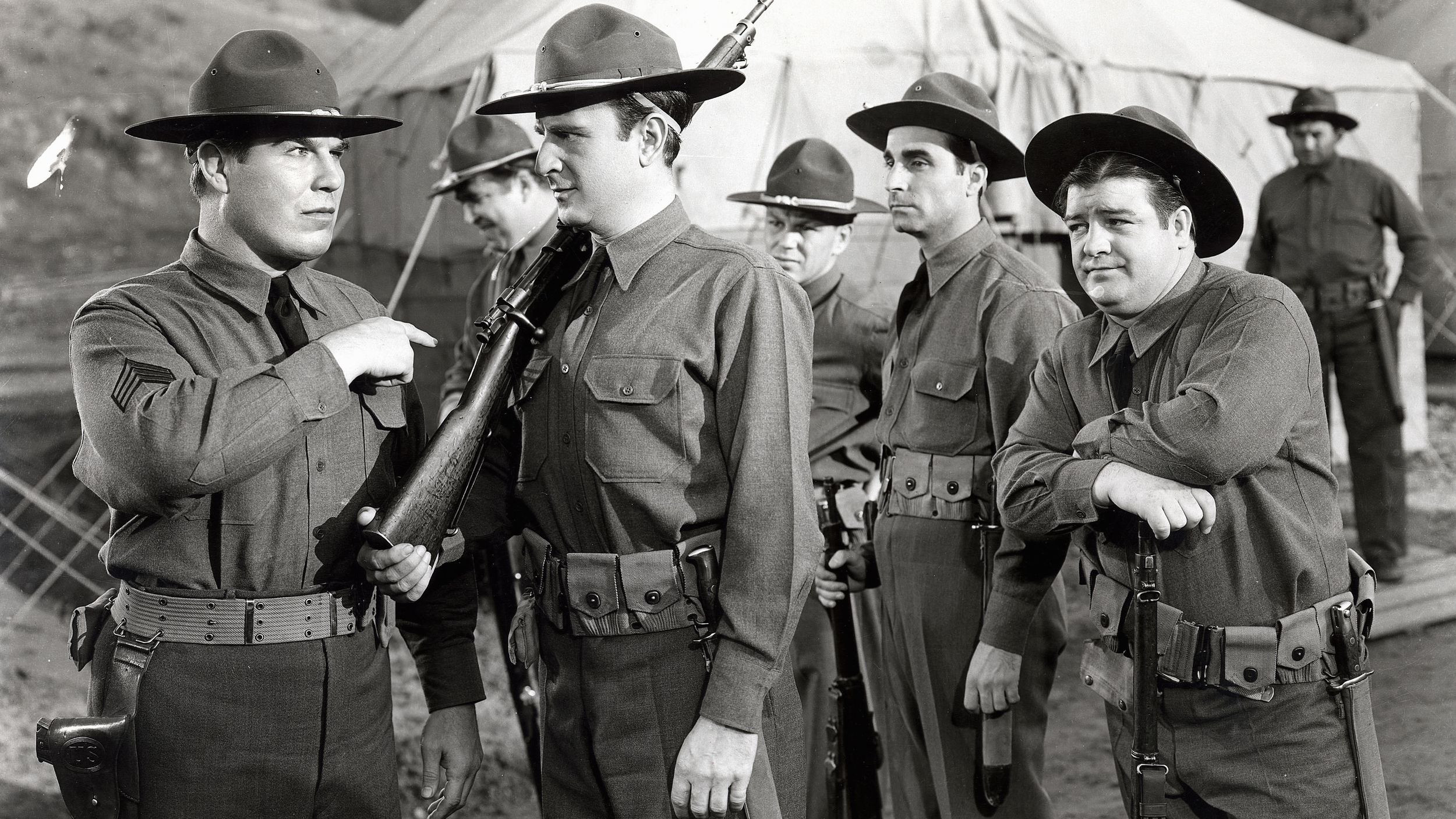
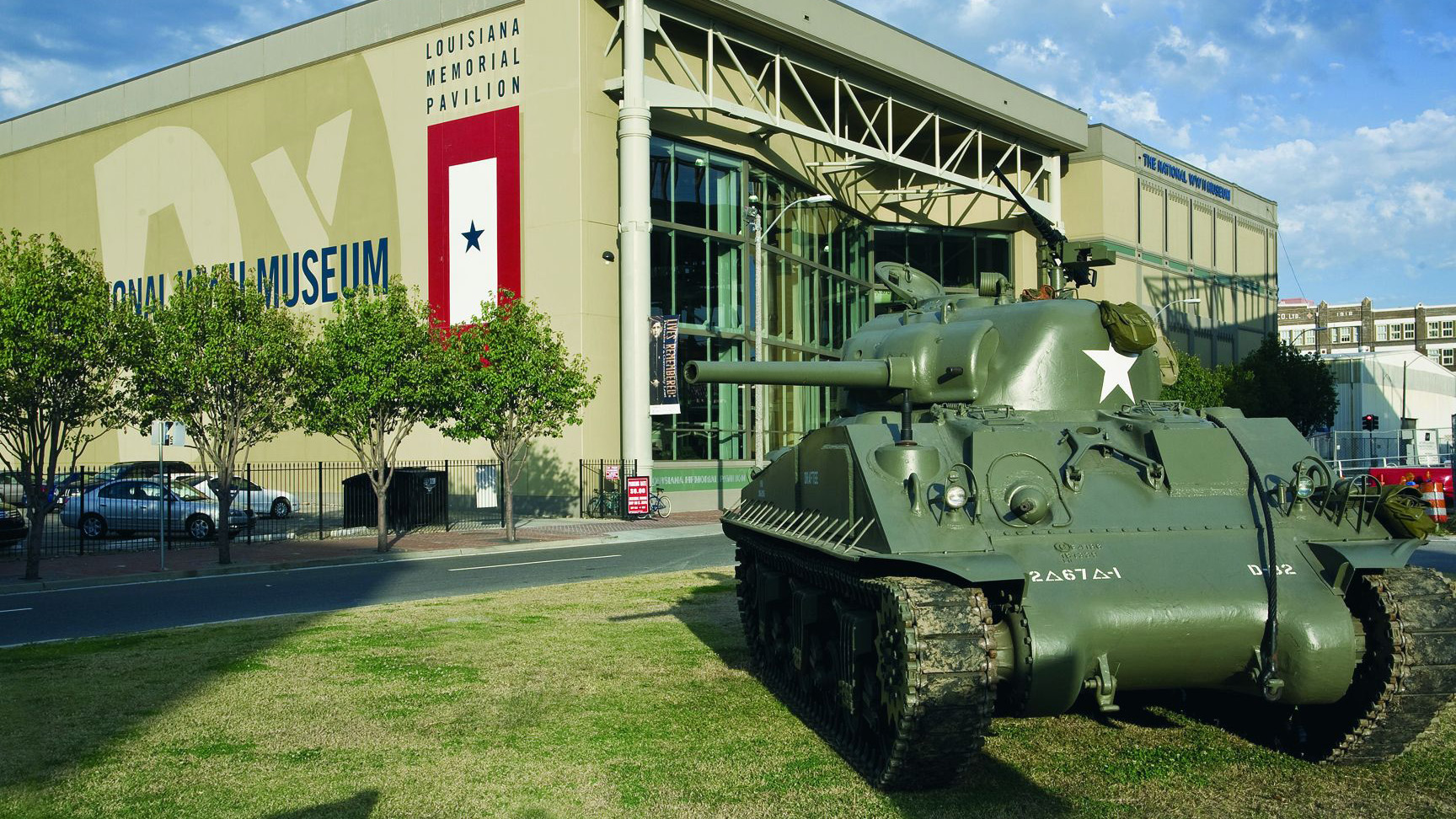
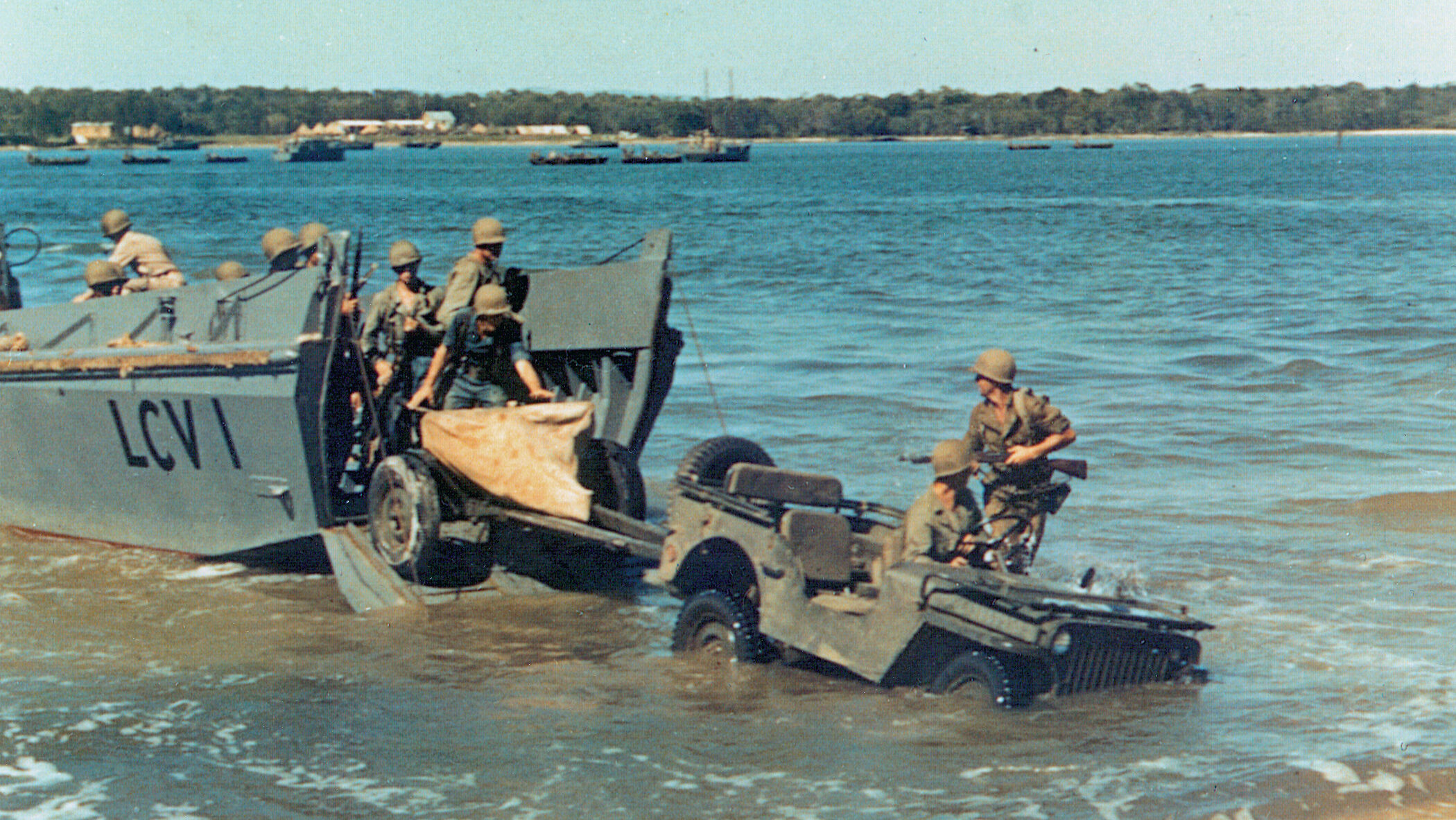
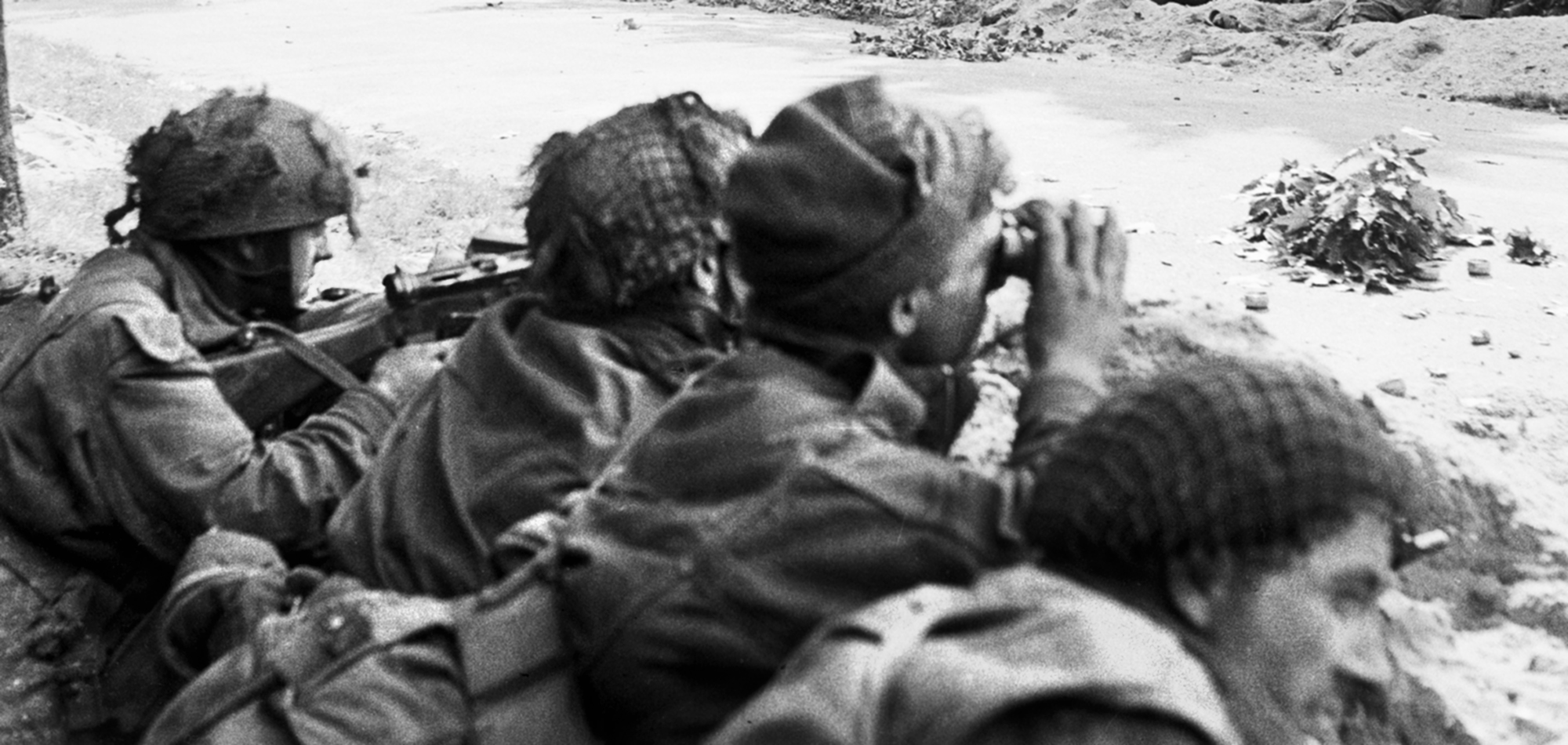
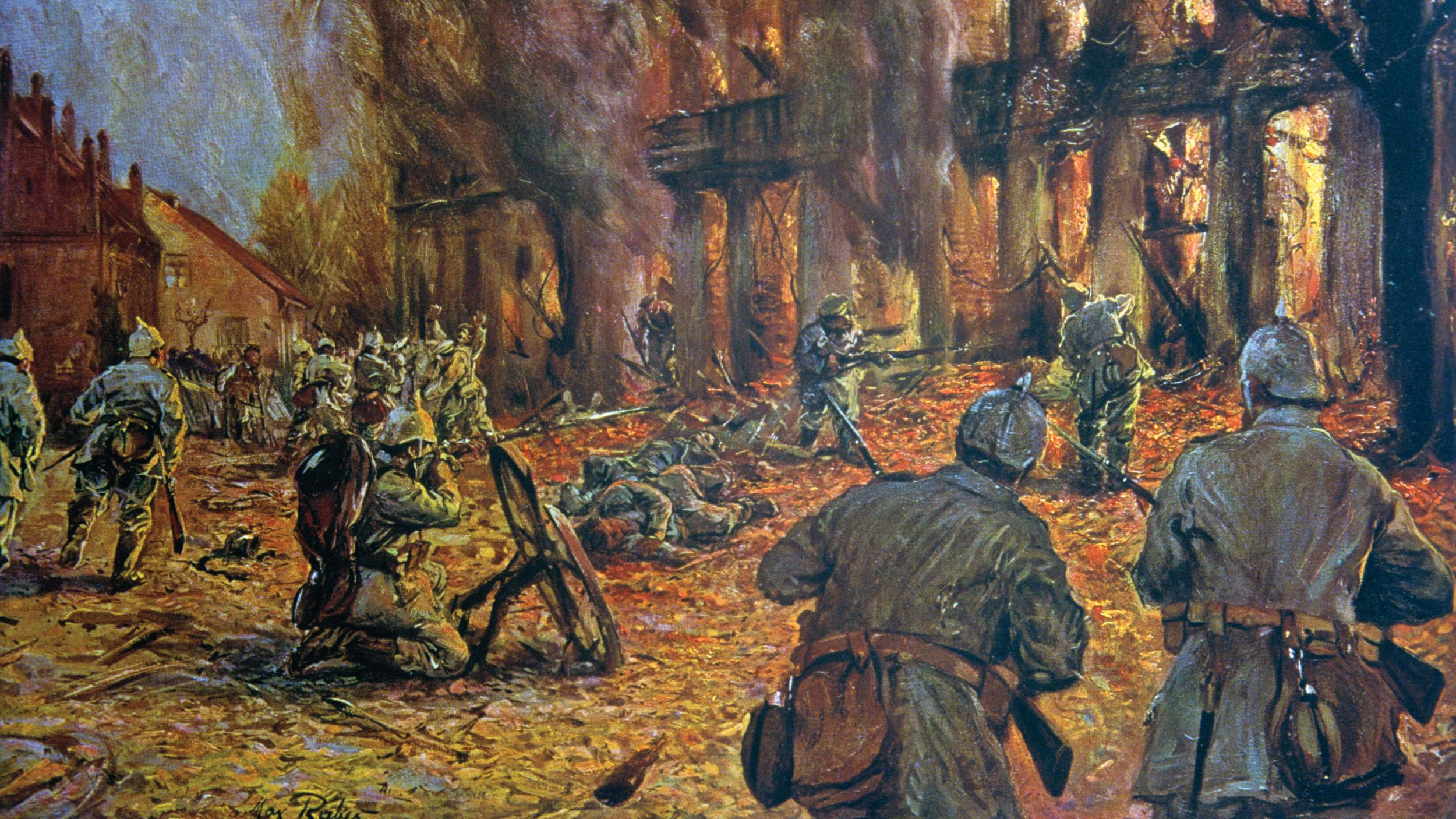
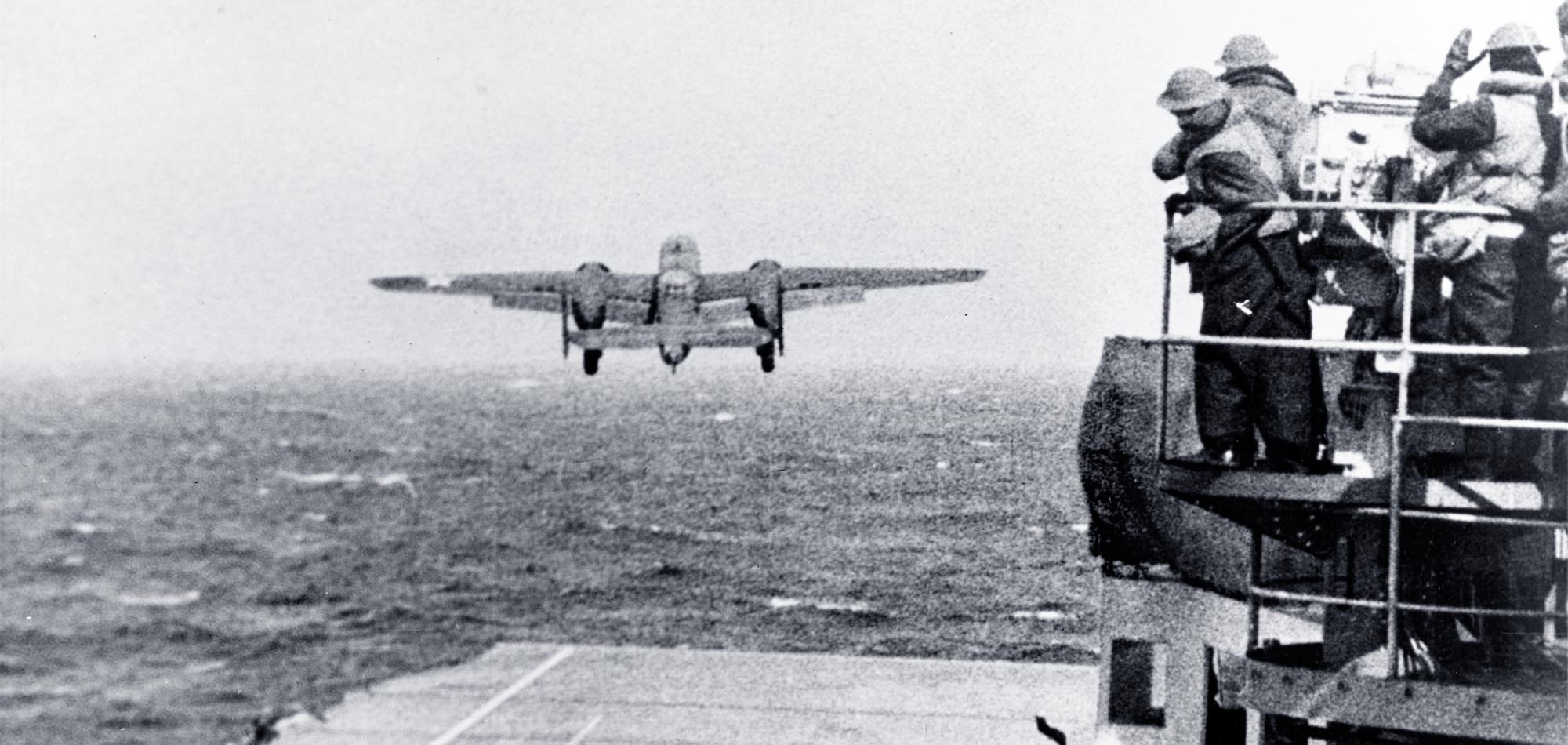
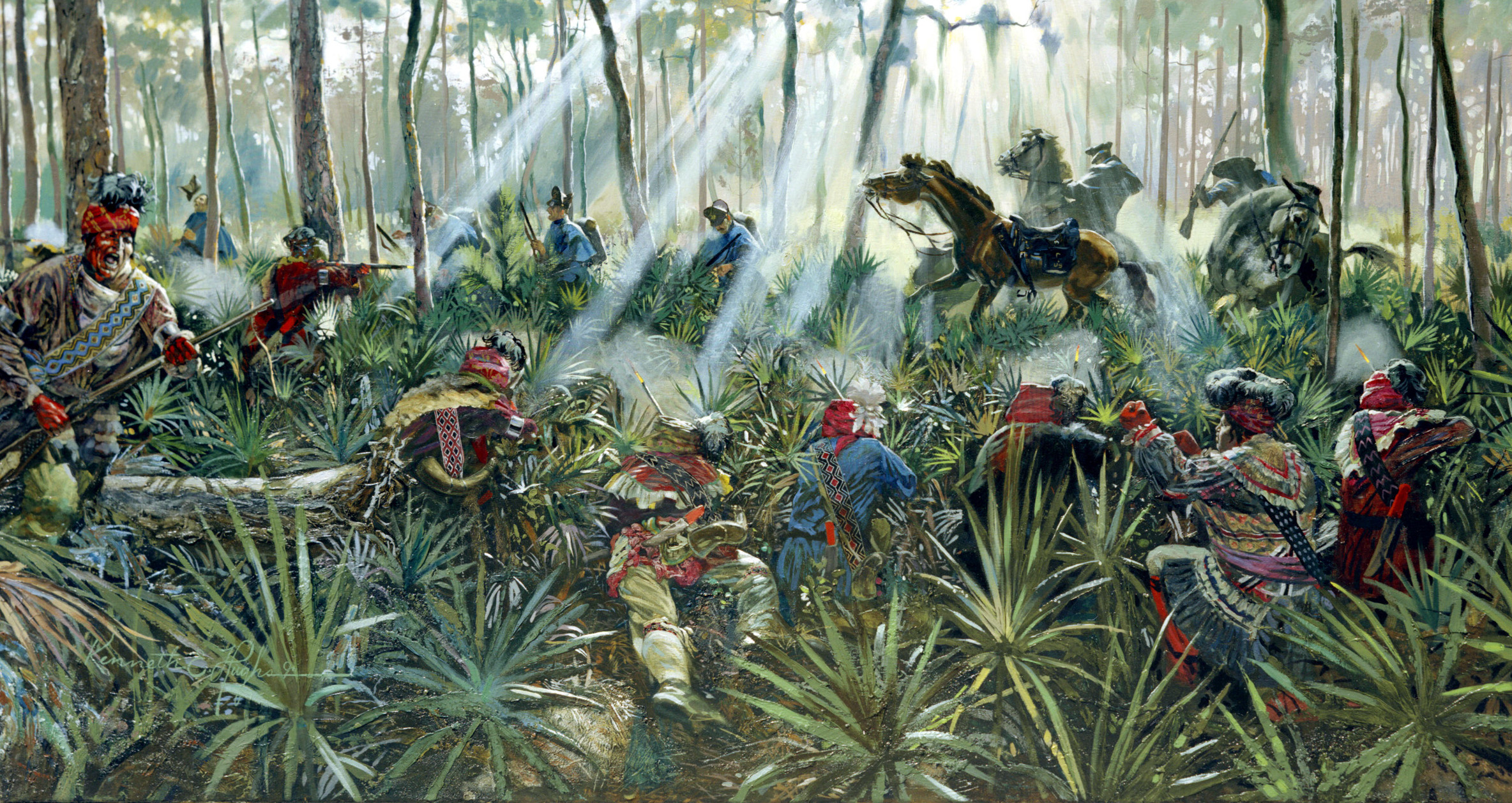
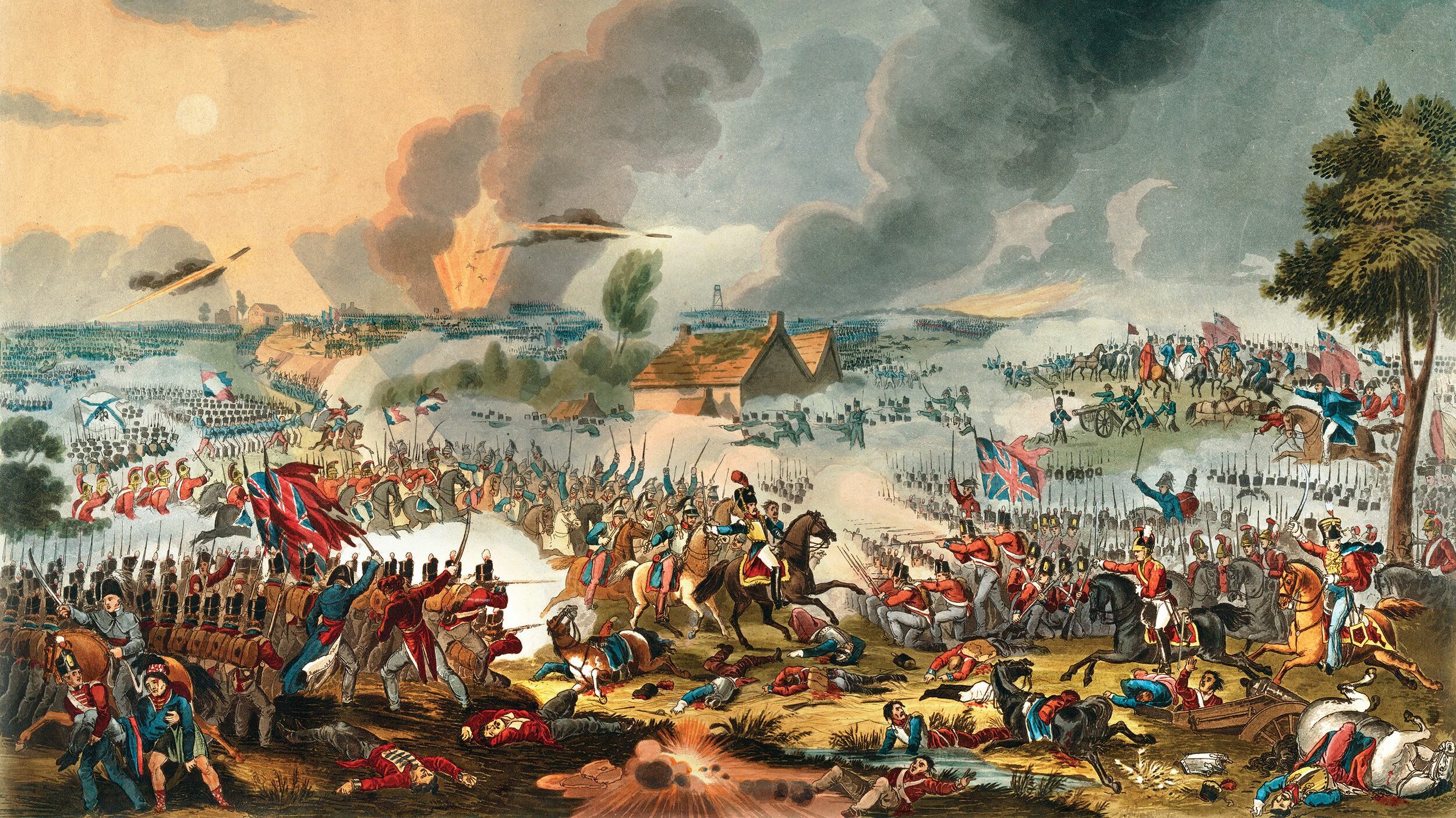
Join The Conversation
Comments
View All Comments